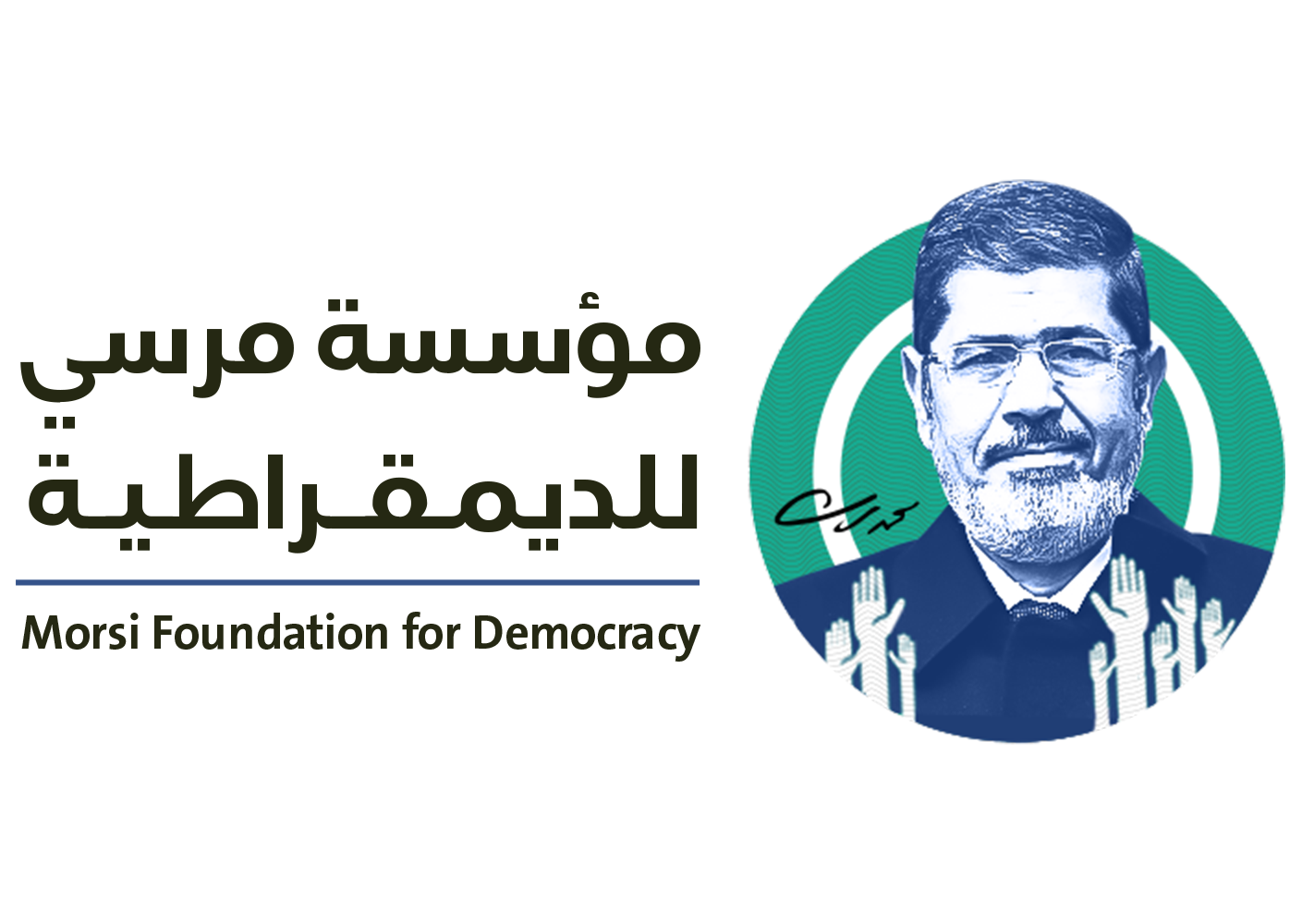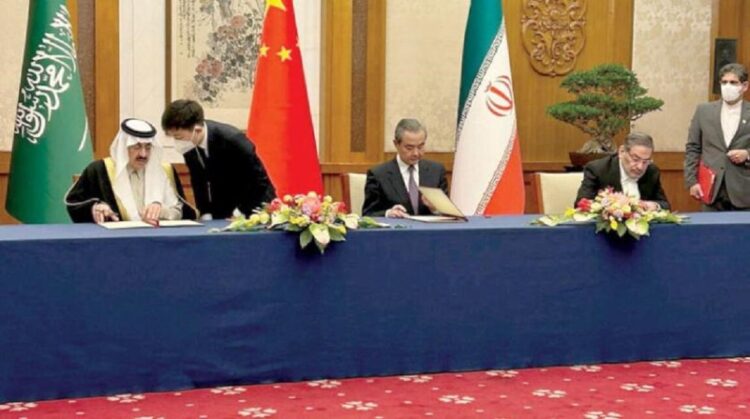In March 6, 2023, representatives from Iran and Saudi Arabia met in Beijing for discussions brokered by China. Four days later, Riyadh and Tehran announced that they had decided to normalize relations. This landmark agreement has the potential to transform the Middle East by realigning its major powers, replacing the current Arab-Iranian divide with a complex web of relationships, and weaving the region into China’s global ambitions. For Beijing, the announcement was a great leap forward in its rivalry with Washington.
It was not supposed to be this way. It was the United States that had encouraged Iran and Saudi Arabia to start discussions, in 2021, in an effort to reduce tensions between the Gulf rivals, advance nuclear talks, and bring an end to the conflict in Yemen. Tehran and Riyadh held five rounds of direct talks, and informal conversations continued thereafter. Then, during his visit to Saudi Arabia in July 2022, U.S. President Joe Biden urged the Gulf Cooperation Council—an intergovernmental union of Bahrain, Kuwait, Oman, Qatar, Saudi Arabia, and the United Arab Emirates—to join with Israel to contain Iran. But the Saudi government turned to China instead, viewing President Xi Jinping as a better mediator with Tehran. Involving China, the Saudis believed, was the surest guarantee that a deal with Iran would last, since Tehran would be unlikely to risk jeopardizing its relations with Beijing by violating such a deal. Xi discussed the issue with Saudi Crown Prince Mohammed bin Salman during his visit to Riyadh in December 2022 and then met with Iranian President Ebrahim Raisi in Beijing in February 2023. Intense discussions between Iran and Saudi Arabia followed, during which the two sides agreed to bury the hatchet and normalize relations. For both countries, Xi’s personal intervention was critical. Both have long-standing political and economic ties with Beijing, and the Chinese president was, therefore, able to act as a trusted broker between them.
If the deal is fully implemented, Tehran and Riyadh will be closely aligned once more. It was only in 2016 that diplomatic ties between the countries were severed, after a mob torched the Saudi embassy in Tehran. Now, according to the new agreement, both sides will reopen embassies, and the Saudi government will end its support for the Iran International television channel that Tehran holds responsible for domestic dissent. Both sides will uphold the April 2022 cease-fire in Yemen and begin work on a formal peace agreement to end the civil war in that country. Iran will cease supplying Houthi rebels with arms and persuade them to halt their missile attacks on Saudi Arabia. In addition, the deal calls for enhanced economic and diplomatic ties between Iran and the GCC countries, and for Iran and its Arab partners to begin discussions on building a new regional security framework. Moreover, China will continue to oversee all of these steps.
The Iranian-Saudi deal has the potential to end one of the region’s most significant rivalries and extend economic ties across the Gulf. No longer will Iran stand alone to confront an alliance of Arabs and Israelis, which the United States hoped would do the difficult job of containing it. Instead, the deal has the potential to bring Iran closer to its Arab neighbors and gradually stabilize its relations in the region. Underscoring this promise, the Saudi Finance Minister, Mohammed al-Jadaan, has pledged that, if all goes to plan, Saudi Arabia is ready to invest in Iran’s economy. Raisi has already accepted an invitation to visit Riyadh at an unspecified date, in a further sign of both sides’ intention to strengthen ties. The consequences for the region of such a rapidly developing relationship may be profound.



